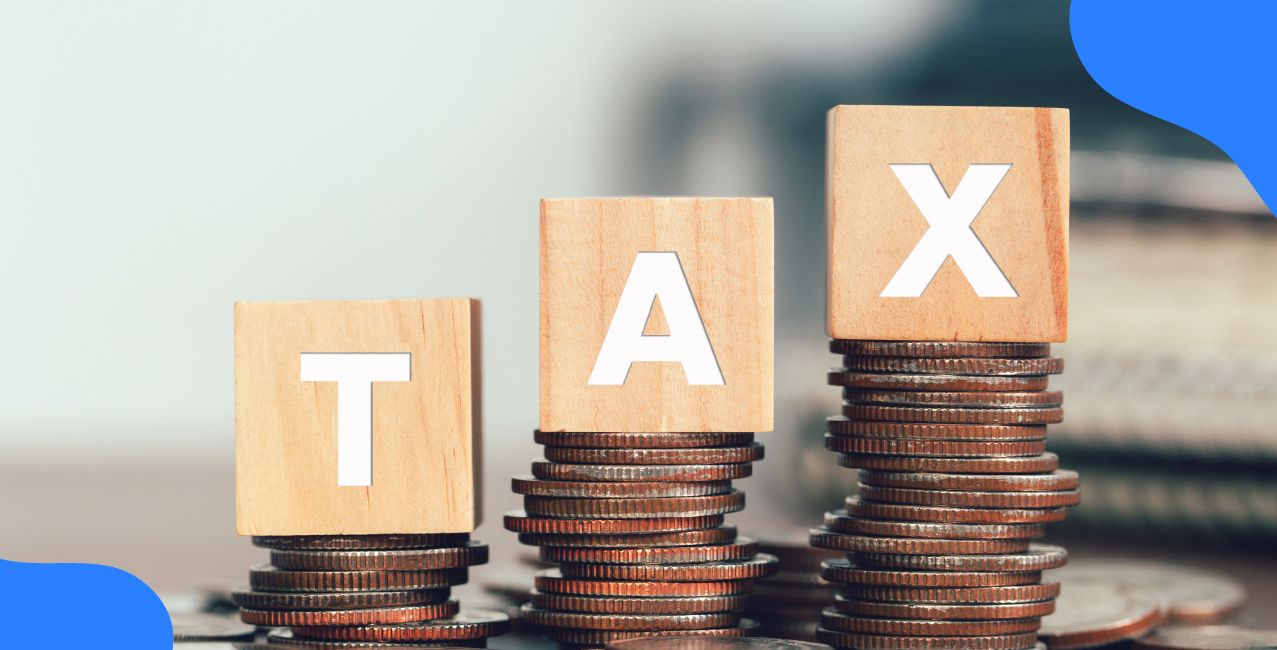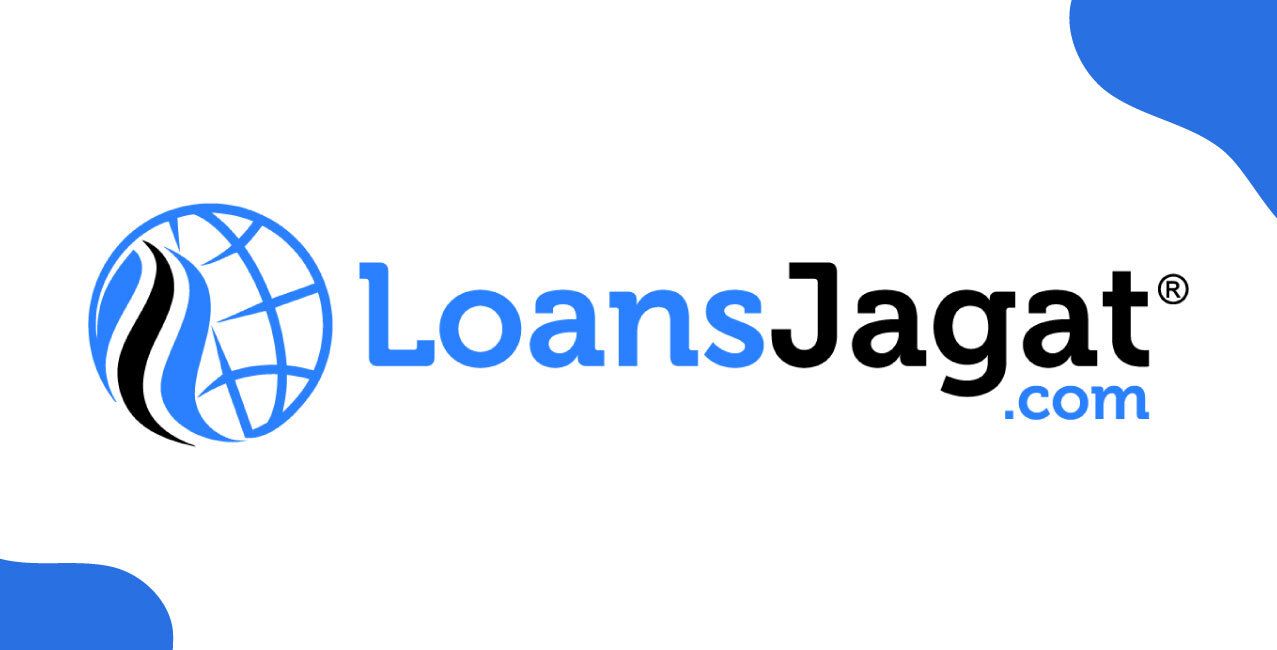
Author
LoansJagat Team
Read Time
7 Minute
24 Feb 2025
Should You Take a Personal Loan or Use Your Savings? Essential 2025 Advice
Aman was getting married in three months. The venue was booked, the guest list was finalised, and everything was set, except for one major issue. He needed ₹5 lakh more to cover the final payments. He had savings, but they were meant for emergencies.
Should he take a personal loan or spend from his savings?
Many people face this situation, whether to use their hard-earned savings or take a personal loan for an urgent expense. The wrong decision can cost thousands in interest or leave you financially vulnerable.
Let’s break it down.
Suppose you need ₹5 lakh. If you take a personal loan at 12% interest for 3 years, your EMI will be around ₹16,607. By the end of the tenure, you’ll have paid ₹5.98 lakh in total. That’s nearly ₹98,000 extra!
On the other hand, if your savings are in a fixed deposit earning 6% annually, withdrawing ₹5 lakh means losing ₹30,000 in yearly interest. Over three years, that's ₹90,000 gone.
The difference? A personal loan lets you spread the cost, while using savings means sacrificing returns.
So, which is the smarter choice? Let’s find out.
What is a Personal Loan?
A personal loan is an unsecured loan that you can use for almost anything like medical bills, home renovations, weddings, or even a vacation. It doesn’t require collateral, but the interest rate depends on your credit score, income, and repayment history.
The Reserve Bank of India (RBI) recently reduced the repo rate by 25 basis points to 6.25%, which may lead to a decrease in lending rates, including personal loans.
For example, let's say two people apply for a ₹5 lakh loan:
Details | Rahul | Amit |
Credit Score | 800 | 650 |
Interest Rate | 10% | 16% |
Loan Tenure | 5 years | 5 years |
Monthly EMI | ₹10,624 | ₹12,158 |
Total Amount Paid | ₹6.37 lakh | ₹7.29 lakh |
Extra Interest Paid | — | ₹92,000 more than Rahul |
This table clearly shows how a lower credit score leads to higher interest payments over the loan term.
How Do Savings Work?
Savings act as a financial cushion. They help in emergencies and prevent you from falling into debt. But using them carelessly can leave you exposed to financial risk.
Suppose you have ₹10 lakh in a savings account earning 4% interest annually. If you withdraw ₹5 lakh today, you lose:
- ₹20,000 in interest per year
- ₹60,000 over three years
Now compare that with the cost of a personal loan. If the loan interest exceeds the lost savings interest, it’s cheaper to use savings. But if the loan spreads the cost affordably, it might be the better choice.
Read More - Personal Loan Vs BNPL
A Quick Comparison: Loan vs. Savings
Factor | Personal Loan | Using Savings |
Interest Rate | 10%–20% | 4%–7% (lost interest) |
Repayment | Monthly EMIs | No repayment |
Impact on Credit | Affects score | No impact |
Financial Safety | Can keep savings intact | Reduces emergency funds |
Total Cost Over 3 Years (for ₹5 lakh) | ₹5.98 lakh (loan at 12%) | ₹90,000 lost in interest |
Understanding these numbers is essential before making a decision. Let’s look at the key factors that should influence your choice.
Key Factors to Consider Before Deciding
Before choosing between a personal loan and using your savings, consider these four major factors. The wrong decision could cost you lakhs in the long run.
1. Interest Rates
Personal loans come with interest rates ranging from 10% to 24%, depending on your credit score and lender. Using savings doesn’t carry any direct cost, but you lose the potential interest your money could have earned.
Let’s compare:
Criteria | Personal Loan | Using Savings (FD at 6%) | Using Savings (FD at 7%) |
Amount | ₹5 lakh | ₹5 lakh | ₹5 lakh |
Interest Rate | 12% per annum | 6% per annum | 7% per annum |
Loan Tenure | 4 years | 4 years | 4 years |
EMI | ₹13,167 | Not applicable | Not applicable |
Total Repayment | ₹6.32 lakh | Not applicable | Not applicable |
Interest Paid/Lost | ₹1.32 lakh | ₹1.28 lakh (interest lost) | ₹1.56 lakh (interest lost) |
Which is Better? | If FD earns less than 6.3% | If FD earns more than 6.3% | Personal loan becomes cost-effective |
- If your fixed deposit earns less than 6.3% per annum, using your savings is cheaper.
- If your FD earns more than 6.3%, taking a personal loan is the better financial decision.
2. Financial Stability: Can You Afford EMIs?
Ask yourself: Do you have a stable income? A personal loan requires consistent monthly payments. If you lose your job or face an emergency, repaying the loan could become a burden.
For example:
- Amit earns ₹60,000/month. He takes a loan with a ₹16,000 EMI. After paying rent, groceries, and bills, he saves only ₹5,000/month. If an emergency occurs, he has no room to adjust.
- Rahul earns ₹1.2 lakh/month. Even with a ₹25,000 EMI, he saves ₹40,000 per month, making loan repayment manageable.
If EMIs exceed 35% of your income, a personal loan is risky. It’s better to use savings instead.
3. Loan Eligibility and Credit Score Impact
A personal loan affects your credit score. If you already have existing EMIs (home loan, car loan, credit cards), taking another loan increases your Debt-to-Income Ratio (DTI).
- If your DTI exceeds 40%, banks may reject future loans.
- Late repayments drop your credit score by 50–100 points instantly.
- If you’re planning a home loan or car loan in the next 1–2 years, avoid a personal loan to maintain a high credit score.
On the other hand, if you have no credit history, a small personal loan repaid on time can boost your credit score for future borrowing.
4. Urgency of the Need: Emergency vs. Planned Spending
The urgency of the expense is another important factor to consider. If the need is immediate, like a medical emergency, a personal loan can help cover the costs quickly.
However, if the spending is planned, such as a vacation or buying a new car, saving up in advance is usually a better idea.
Also Read – Why Millionaires Take Personal Loans
Emergency Spending
Emergencies can include:
- Medical treatments
- Unexpected car repairs
- Sudden job loss
Amit faced a medical emergency where his father needed surgery costing ₹2 lakh.
Instead of draining his savings, Amit took a personal loan with an interest rate of 10% for 2 years. His EMI was around ₹9,200 per month. This decision helped him cover the emergency cost without touching his savings, which remained available for future needs.
Tip:
In emergencies, a personal loan provides quick access to funds and helps you handle sudden costs without risking your savings.
Planned Spending
Planned expenses usually include:
- Buying a new vehicle
- Home improvements
- Higher education fees
Sunita planned a family vacation that would cost ₹1.5 lakh. Since this wasn’t urgent, she decided to save ₹10,000 every month for 15 months. By doing this, she avoided taking a loan and saved herself from paying any interest.
She also felt more relaxed during the vacation, knowing she didn’t have any debt waiting for her afterward.
Tip:
For planned spending, save in advance. It avoids interest payments and keeps you free from repayment stress.
5. Future Financial Goals: Will This Decision Affect You Later?
Think long-term. If you use savings today, will you struggle to meet future financial goals?
For example:
- Using savings for a vacation means you might have less money for a home down payment next year.
- Taking a loan for medical expenses might mean you pay more in interest, but you can keep your investments growing.
If your goal is wealth creation, keeping money in high-yield investments (stocks, FDs, mutual funds) might be better than using savings. If your goal is debt-free living, avoid loans.
The Pros and Cons of Personal Loans vs. Savings
Every financial choice has its benefits and drawbacks. Before making a decision, you must weigh the pros and cons carefully.
Aspect | Using Savings | Personal Loan |
Debt | No debt | Increases your debt |
Interest Cost | No interest | Comes with interest charges (10% - 24%) |
Repayment Stress | No repayment needed | Fixed EMIs until the loan is cleared |
Financial Freedom | Full financial freedom | Reduced flexibility due to monthly EMIs |
Emergency Preparedness | Lowers your safety net if savings are used | Keeps your emergency fund untouched |
Investment Impact | May interrupt your long-term investments | Allows investments to continue growing |
Credit Score | No impact | Can improve if repaid on time |
Liquidity | Limited to available savings | Provides immediate liquidity for larger expenses |
Let’s take an example. Suppose Rohan needs ₹4 lakh for a home renovation. If he uses savings, he loses ₹20,000 in annual interest from his fixed deposit.
Over three years, that's ₹60,000. If he takes a personal loan at 11% for three years, his EMI is ₹13,075, and he pays a total of ₹4.7 lakh. The loan costs him ₹70,000 extra. In this case, using savings might be the smarter option.
The right decision depends on your financial health and long-term plans.
Common Mistakes to Avoid
Many people make costly financial mistakes when choosing between a loan and savings. Here’s what you should avoid.
- Draining savings completely is a major mistake. If you use all your savings for a non-essential expense, you risk financial insecurity.
Say you have ₹5 lakh saved and use it all for a wedding. If an emergency occurs, you might have to take a loan at 15% interest, increasing your financial burden.
- Ignoring loan terms is another common issue. Many borrowers focus only on interest rates and EMI amounts.
But hidden fees, prepayment penalties, and processing charges can increase costs. Always check these details before signing a loan agreement.
- Borrowing for unnecessary expenses is a financial trap. Some people take personal loans for luxury purchases or vacations.
These loans provide instant gratification but lead to long-term financial stress. If an expense doesn’t provide lasting value, reconsider taking a loan.
Failing to compare lenders is another mistake. Some banks offer lower rates, while others have flexible repayment terms. Even if your primary bank offers a loan, always check other options. A little research can save thousands in interest payments.
Conclusion
Financial decisions must be made with care. Whether you choose a personal loan or use savings, consider the long-term impact. Interest rates, emergency funds, and financial goals should all factor into your decision.
Always ask yourself: Is this expense necessary? Can I afford EMIs? Will this affect my financial stability? If your answers aren’t clear, take a step back and reassess.
Need professional guidance? Contact an expert for a free consultation today and make the best financial decision!
FAQs
1. Is it better to take a personal loan or use savings?
If savings are earning lower returns than loan interest, use savings. Otherwise, a loan may be better.
2. What is the maximum interest rate for a personal loan in India?
Interest rates typically range from 10% to 24%, depending on the lender and your credit score.
3. How does taking a personal loan affect my credit score?
Timely repayments improve your score, but missed EMIs can reduce it by 50–100 points.
4. Should I take a personal loan for a wedding?
If it won’t strain your finances, it’s fine. But consider a hybrid approach using part savings.
5. How can I reduce my personal loan EMI?
Opt for a longer tenure, negotiate a lower interest rate, or make prepayments when possible.
6. What happens if I repay my personal loan early?
Some banks charge prepayment fees. Check terms before making an early payment.
About the Author

LoansJagat Team
‘Simplify Finance for Everyone.’ This is the common goal of our team, as we try to explain any topic with relatable examples. From personal to business finance, managing EMIs to becoming debt-free, we do extensive research on each and every parameter, so you don’t have to. Scroll up and have a look at what 15+ years of experience in the BFSI sector looks like.

Quick Apply Loan
Subscribe Now


